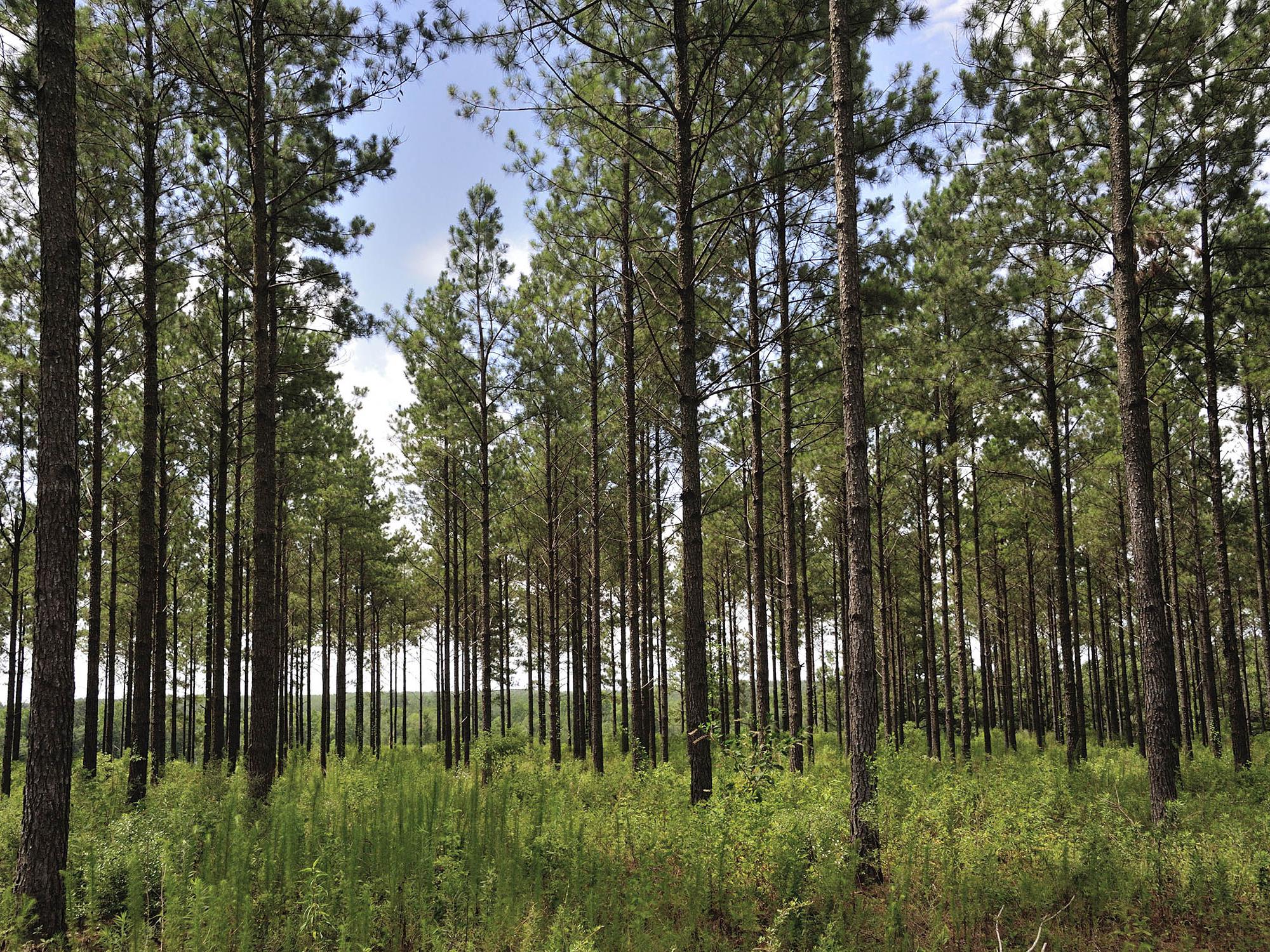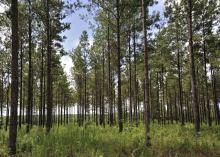Information Possibly Outdated
The information presented on this page was originally released on August 31, 2018. It may not be outdated, but please search our site for more current information. If you plan to quote or reference this information in a publication, please check with the Extension specialist or author before proceeding.
Changing housing market, timber glut limit prices
STARKVILLE, Miss. -- Housing start fluctuations and an abundance of timber are limiting the ceiling on stumpage prices in Mississippi now, but expect the market to improve when sawmills begin stocking up for winter.
According to data from the U.S. Census Bureau National, home construction dropped 13 percent from May to June, which is considered a significant decrease. The seasonally adjusted rate for July -- nearly 1.17 million homes -- was 1 percent above June but 1.4 percent below the July 2017 estimate.
“Housing starts did drop sharply in June and only rebounded slightly in July,” said John Auel, an assistant professor of forestry with the Mississippi State University Extension Service. “This was likely due to increased mortgage rates and a limited supply of homes, which drives the prices up, so people are not purchasing at the rate which would improve housing starts.”
For Mississippi tree farmers, this data, coupled with favorable harvesting conditions, means now is not the best time to sell their timber.
“Dry weather increases the amount of timber on the market because you can get logging equipment on sites that you couldn’t get them on in the winter because they were too wet,” said Extension forester Glenn Hughes. “If you have a site that is on sandy ground or dry soils, you would want to hold off until the first quarter of 2019 to get a higher price when supplies tighten.”
Statewide average prices per ton in this year’s second quarter were $13.28 for pine chip-n-saw, $5.79 for pine pulpwood, $34.27 for mixed hardwood sawtimber, and $50.67 for oak sawtimber. All of these figures are slight decreases from a year ago.
Two categories saw price increases during that time frame: pine sawtimber, which was $22.62 per ton in this year’s second quarter compared with $22 a year ago; and hardwood, which was $7.66, compared with $7 in 2017.
Auel said harvest quantity will likely keep this year’s value of production near last year’s $1.4 million total.
“Based on year-to-date severance tax collections through July, we have collected slightly more in taxes than we did by this same time last year. If the trend continues for the rest of the year, I expect the value of the harvest in 2018 to be about the same as 2017,” Auel said. “We currently have an overabundance of sawtimber across the state, based on Mississippi Forestry Commission reports. This would keep prices about the same for the next few building seasons if demand does not increase sharply, and with housing starts relatively flat, demand will likely remain somewhat flat.”
Hughes, who is based at the Coastal Research and Extension Center in Biloxi, said there are two major factors that should be monitored when forecasting long-term timber demand in the Southeast: timber supply in Canada and the rate at which millennials are buying or building homes.
“Year over year, housing starts have been trending upward because we’re seeing a generational shift. The recession from 10 years ago made putting a down payment on a house very challenging for millennials,” Hughes said. “Now, they’re taking over the plurality of the market for new and existing homes from baby boomers and will remain a dominant force.”
Meanwhile, exports from the West Coast and Canada to China, which cannot meet its growing demand domestically, are continuing to grow. Canada is also continuing to battle an outbreak of mountain pine beetles that have destroyed an unprecedented amount of timber.
“The reduction of supply is forcing companies there to purchase from sawmills in the Southeast so they can still keep up with orders from China,” Hughes said. “This presents an opportunity to us long-term for a new sawmill. The groundwork has gone in to make future mills here happen, and while demand temporarily dried up 10 years ago, the trees kept growing, so we’ve got the inventory.”
Pine beetles have also damaged forestland in Mississippi, but infestations here are from southern pine beetles, and we have been able to mitigate their damage so far.
“The pine beetle problem does impact some areas,” Auel said, “but these seem to be getting under control.”




